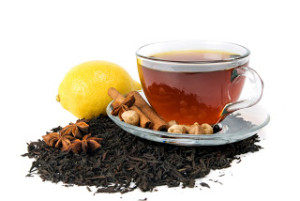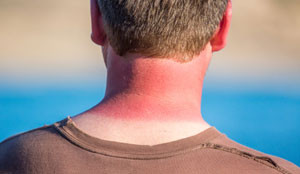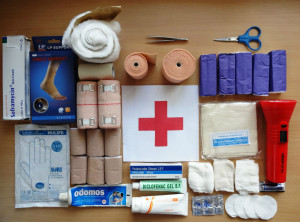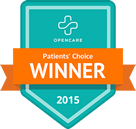 Regular check-ups are just as important as eating healthy, staying active and getting eight hours of sleep every night. Part of health maintenance is periodically taking a look at your lifestyle, risk factors, and pertinent family history.
Regular check-ups are just as important as eating healthy, staying active and getting eight hours of sleep every night. Part of health maintenance is periodically taking a look at your lifestyle, risk factors, and pertinent family history.
Being prepared for an appointment allows you to manage your time efficiently, and enables you to spend more one -on-one time with the doctor.
Here are some basic tips to help you get organized for your next medical appointment:
Always arrive 10 minutes early from your scheduled appointment, so you have time to fill in any paperwork including insurance forms before you see the doctor. Patient history forms tend to ask for the same information, so be ready.
Many clinics make these form available on-line so you can fill them in at home and bring them with you to the appointment.
Know your family history. Doctors are looking for whether immediate family members (parents, grandparents, children, and siblings) have had a particular diseases such as heart disease, diabetes or cancer.
Previous medical history / hospitalizations. Know the dates of any surgeries or hospitalizations. You don’t need to go into a lot of detail unless it’s pertinent to your visit. The doctor can always send for your records if needed.
Have a list of treatments – List the names, treatment types and phone numbers of your other doctors and health care practitioners.
Bring your glasses/aids: Remember to bring your glasses in case you need to fill out forms and bring any items such as orthotics, or braces that you have been using. This can help the doctor assess your condition.
Bring your data. If you’ve been monitoring anything at home like blood pressure, or blood sugars bring your data in with you.
Bring your medications. If you are taking more than one or two medications you might want to bring a list of all medications, and supplements you are currently taking. The list should include the name of the drug, the dosage, and frequency, including any over-the-counter medications.
Write down your questions and concerns. Make a list of what you need to talked to your doctor about. Some clinic have a strict policy that they will only discuss one health concern per visit. Start with your most pressing health concern and be prepared to make a follow up visit to discuss the remaining issues.
During the appointment if you don’t understand something ask for clarification. If you know that your memory is not your strong point, ask a friend to attend with you and ask them to take notes.
The most important part of the appointment is to be honest with your doctor. Don’t hide a bad habit like smoking, drinking, or using recreational drugs. It’s important to share all aspects of your lifestyle with your doctors so they can give you the best care.




